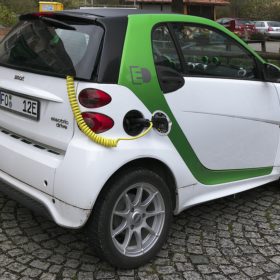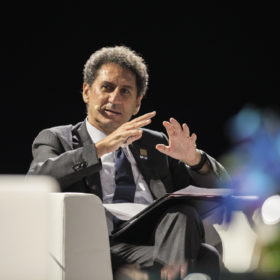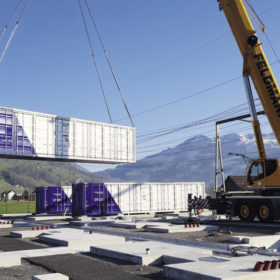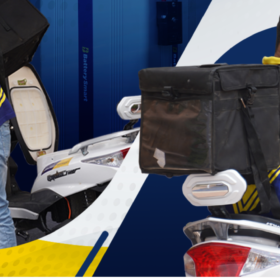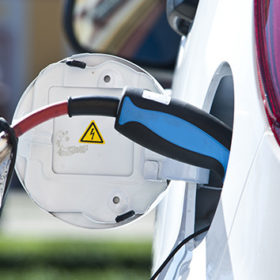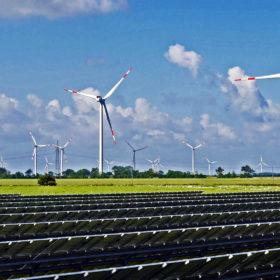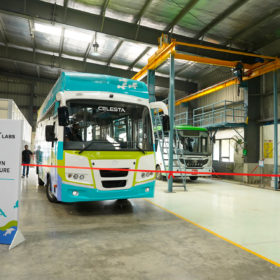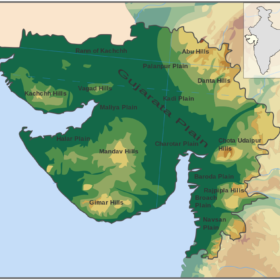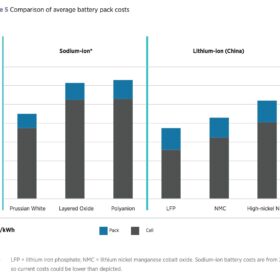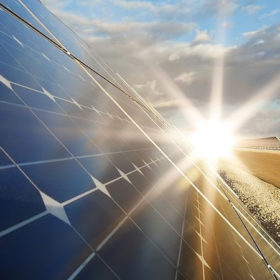Over ten lakh electric vehicles on Indian roads
India has 10,76,420 registered electric vehicles, with 1,742 public charging stations operational as of March 21, 2022.
Fire incidents highlight ‘burning’ issues in India’s EV ecosystem
Although we may have just about commenced our run in the electric vehicle (EV) race, it is critical that we jump-start the pace of adoption by enhancing the overall perception of EVs from a safety and longevity standpoint.
World will need 5.2TW of solar this decade to avoid climate breakdown
The International Renewable Energy Agency’s latest global outlook has spelled out just how ‘woefully’ far the world is from capping temperature rises at 1.5C, and lamented: ‘The stimulus and recovery efforts associated with the pandemic have also proved a missed opportunity.’
Battery supply could remain tight into next year
Analyst Wood Mackenzie has predicted soaring demand for electric vehicle devices will ensure supply will not keep pace with demand until some point in 2023.
Solar power generation for EV charging far more land-efficient than cultivation for ethanol blending
A new report by IEEFA proposes enhancing India’s electric vehicle (EV) adoption strategy as an alternative to further promotion of blended fuel, given the land-use efficiency gap between renewable energy generation for EV charging and cultivation for ethanol blending in fuels. Matching the distance driven by electric vehicles (EVs) charged from one hectare of solar generation would require ethanol derived from up to 251 hectares of sugar cane or 187 hectares of maize, it estimated.
Tata Power DDL, Battery Smart partner to set up battery-swapping network for electric vehicles
The Delhi discom has partnered with battery-as-a-service provider Battery Smart to set up battery swap stations for electric two- and three-wheelers across North Delhi.
Tata Power to deploy electric vehicle charging stations at Apollo Tyres retail outlets
Tata Power has signed the deal to set up electric vehicle (EV) charging stations at Apollo Tyres’ 150 branded retail outlets. In addition to the customers visiting these tyre retail outlets, the charging stations would be open for use by the general public as well.
Priority-sector lending can help unlock US$5-billion EV financing market by 2025
A new report indicates that electric two-wheelers, three-wheelers, and commercial four-wheelers are early segments to prioritize under priority-sector lending.
Green Energy push for future sustainability in India
The core objective of renewable energy deployment in India is to promote economic growth, enhance energy security, increase energy access, and reduce climate change. Sustainable development is possible by the use of clean energy and by ensuring access to affordable and reliable energy for every citizen.
Hydrogen fuel cell bus made in India
Sentient Labs has launched a hydrogen fuel cell bus that runs on an indigenously developed hydrogen fuel cell and electric powertrain. The hydrogen fuel cell was developed in collaboration with the National Chemical Laboratory (NCL) and Central Electro Chemical Research Institute under the aegis of the Council of Scientific and Industrial Research.
